In many ways, professional sports teams are like any other business. They have revenue streams and expenses and P&L statements. They have HR departments, marketing departments, and interns. They have leaders; some good, some bad. But the one aspect of professional sports that continues to fascinate me is the concept of trading players. Imagine if the CEO of Coca-Cola called up the CEO of Pepsi and said, “Hey, we’re ahead in the market right now and need to capitalize. We’ll give you two promising young salespeople for your accomplished but aging Senior VP of Marketing. Whaddya say?”
While my imagination continues to run wild on what trading personnel in other industries would look like (how many nurses would it take to acquire a neurosurgeon?), let’s take a deep dive into the Braves’ outlook as the 2020 deadline approaches.
THE NEEDS
If you’ve watched a single Braves game over the past several weeks that was not started by Max Fried or Ian Anderson (!), you have probably noticed that this team could use some help when it comes to starting pitching. It really has been as bad as it has looked – the combined fWAR of non-Fried, non-Soroka, non-Anderson starts from the Braves this season is -0.8.
There are certainly other holes that could be plugged – Austin Riley (-0.2 fWAR) and Johan Camargo (-0.4 fWAR) haven’t inspired much confidence, and Adam Duvall (0.1 fWAR) hasn’t been as good as you might think. But with the Braves’ playoff odds exceeding 95% with half of the season completed, and with Riley playing better baseball over the past week (.360/.407/.640 over his last 7 games entering play on Saturday), I think that the Braves will be laser-focused on acquiring starting pitching, and most likely someone who can help beyond 2020.
THE OPTIONS
Which teams are sellers? In a season where 16 teams make the playoffs, the group is smaller than usual. Let’s take a look at all the teams who have < 15% odds to make the playoffs and are not currently in a playoff position, as well as any starting pitchers of interest with team control beyond 2020 that they may make available:
- Red Sox: Nathan Eovaldi
- Orioles: Alex Cobb
- Tigers: Matt Boyd
- Royals: Danny Duffy
- Angels: Dylan Bundy
- Rangers: Lance Lynn
- Mariners: Marco Gonzales
- Pirates: Trevor Williams
- Diamondbacks: Luke Weaver
Taking on an expensive contract for a middling SP with multiple years of control like Eovaldi doesn’t feel like an Alex Anthopoulos-esque move. Boyd, Williams, and Weaver have been bad in 2020. Gonzales is on a team-friendly deal and likely won’t be traded.
There are the curious cases of Mike Clevinger and Zach Plesac, both of whom were sent to Cleveland’s alternate training site after breaking COVID protocols. Clevinger lied about it and Plesac downplayed it, leading to public condemnation from several of their teammates, including one who claimed he would opt out if the pitchers were allowed back on the team. However, with Clevinger back up with the MLB club, the Indians firmly in playoff position, and the latest reports dubbing Cleveland’s asking price on Clevinger “ridiculous,” we won’t include either of them in today’s study.
That leaves 4 likely options: Cobb, Duffy, Bundy, and Lynn, all of whom will be free agents after the 2021 season. Let’s see if we can determine the value of these players and come up with some reasonable offers.
THE PROCESS
Every trade that is executed comes with a gut reaction from the fans of each team. We see that Andrelton Simmons is headed to Anaheim and Sean Newcomb is coming back to Atlanta and we think one of three things:
- We got fleeced.
- We fleeced them.
- (Rarely) That seems fair.
We fans place a lot of stock in perceived value, which varies wildly from person to person. Teams, however, approach things a bit more scientifically. They follow a process in an attempt to assign dollar values to both their own players and the players they desire, and they make offers based on those dollar values to try and bring back greater value than they give away.
Projected Production Value – Contract Value = Player Value
As you can see, the formula for determining a player’s dollar value is relatively simple. But every team has a unique process for projecting the production value of players. In this exercise, we will be using the prospect valuations and Depth Charts projections from FanGraphs and applying a standard aging curve to determine each player’s value. We will also use the $9/WAR valuation that FanGraphs determined as present-day market value for a win after this past offseason.
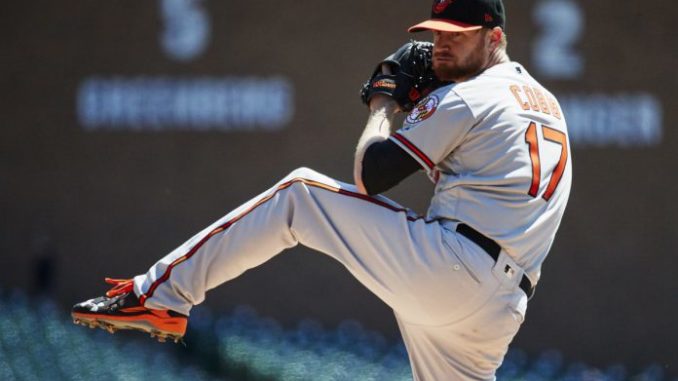
ALEX COBB
Cobb is the least inspiring of the 4 pitchers. In 164.2 IP between 2018-19 (mostly in 2018), Cobb put up an ugly 5.36 ERA and 5.33 FIP, backed by a paltry 9.0% K-BB. On the surface, he’s off to the kind of start in 2020 that would place him firmly in the rotation mix for Atlanta (3.73 ERA in 31.1 IP over 6 starts).
However, the picture painted by the underlying numbers is not pretty. He still carries the same 9.0% K-BB, and while his GB% has spiked back up to his early days with the Rays, he’s actually surrendering HRs at an even higher rate than his ugly 2018-19 stint. All in all, his 4.83 FIP in 2020 is probably a truer representation of what he is now – a back of the rotation arm for middling or non-contending teams.
Still, while we’re here – Cobb is projected for 0.3 fWAR for the rest of 2020 and about 0.9 fWAR for 2021, assuming 150 IP. 1.2 WAR x $9M/WAR = $10.8M in production value. He is owed roughly $2.3M for the rest of 2020 and $15M for 2021, after which point he becomes a free agent.
$10.8M – $18.3M = -$7.5M player value
Cobb’s contract and projected performance puts his overall value underwater. He could be worth a flier, but shouldn’t be seen as much more than a swingman for the Braves beyond 2020.
Projected trade: Cobb + cash (half the contract value) for a PTBNL (minor leaguer not in the 60-player pool).
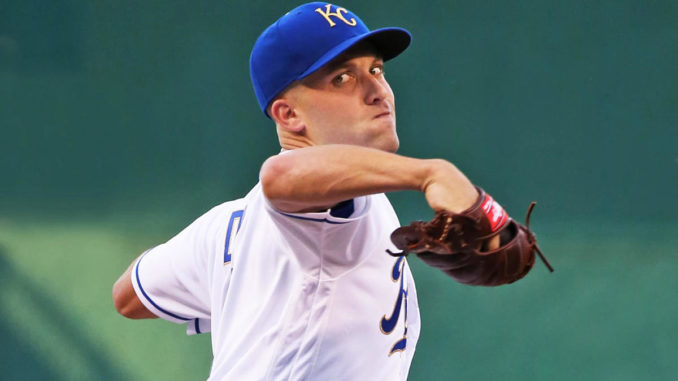
DANNY DUFFY
Duffy’s performance has been up and down during his tenure with Kansas City. He was solidly above average in 2016-17, then below average in 2018-19. In 2020, he’s settled in as roughly average so far (4.11 ERA and 4.13 FIP) – and an average pitcher could be a big boon to the Braves at this point. What he’s done so far is effectively the production the Braves probably expected from Cole Hamels.
Applying the aging curve, Duffy is projected for 0.3 fWAR for 2020 and 1.2 fWAR for 2021, again assuming 150 IP. He’s owed about $2.8M in 2020 and $15.5M in 2021, the last season of a 5 year, $65M extension he signed before the 2017 season.
(1.5 WAR x $9M/WAR = $13.5M production value) – $18.3M contract value = -$4.8M player value
There are some reasons to believe Duffy can produce at a higher level than that projection, and Royals would certainly argue his ability to do so. But if the Royals want more than a low-level prospect, they will likely need to take responsibility for a good bit of that contract.
Projected trade: Duffy + cash (half the contract value) for Greyson Jenista (OFR #27 prospect)
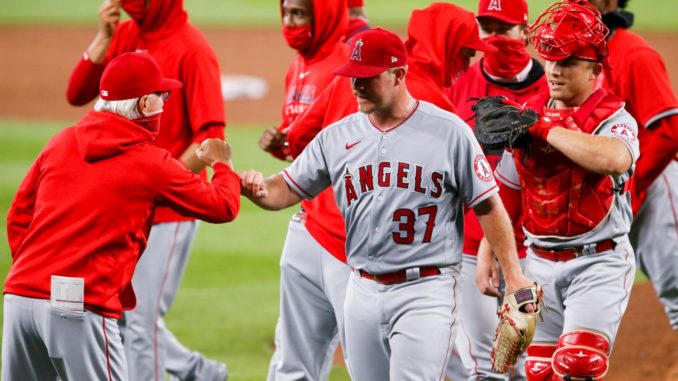
DYLAN BUNDY
Now we get to the impact pieces. Bundy has always shown signs of being a top-of-the-rotation arm, but the Orioles never seemed able to unlock it for him. Despite finishing 2019 with a SwStr% and O-Swing% that very closely resembled Clayton Kershaw, he still wasn’t able to produce an ERA or FIP under 4.70.
Now with the Angels in 2020, Bundy has utilized a revised pitch mix to put together the kind of seasons scouts always expected he could have. Dropping his fastball usage by over 10 percentage points, he ranks in the top 15 in MLB for ERA, FIP, and fWAR on the season. His K% and BB% have both improved, culminating in a career-best 23.7% K-BB that ranks 12th in MLB.
Bundy is projected for 0.5 fWAR for the last month of this season and about 2.4 fWAR for 2021, assuming he reaches 160 IP (which he did in every season from 2017-19). He is owed roughly $900K for the second half of 2020 and will be entering his last year of arbitration after this season. We’re not quite sure what arbitration will look like after the shortened season, but let’s assume Bundy’s final year of arbitration follows the template of Marcus Stroman, who made $4.9M in arbitration in 2019 and then $12M in 2020 after a strong season.
(2.9 WAR x $9M/WAR = $26.1M production value) – $12.9M contract value = $13.2M player value
Per FanGraphs prospect valuations, a position player with a future value of 50 is worth roughly $28M, while a 50 FV pitching prospect is worth roughly $21M. Once you drop down to 45+, those numbers drop to $8M for position players and $6M for pitchers. Given the demand Bundy should garner from teams around the league and the fact that there are many who believe he can exceed that projection, I think it will take a couple of 45 FV or 45+ FV prospects plus a flier, or a low-level 50 FV prospect and a flier, to land him.
Projected trade: Bundy for Bryse Wilson and Trey Harris (OFR #7 and #27 prospects)

LANCE LYNN
I personally prefer Bundy out of all the available arms, but I couldn’t fault anyone who wanted Lynn instead. He shocked the baseball world by finishing 3rd in fWAR last year, landing between deGrom and Scherzer, and he’s just outside the top 10 to start 2020. Lynn relies less on swing-and-miss stuff than he does his ability to suppress HRs and hard contact. He’s unique in that he mixes three fastballs – a four-seamer with elite spin, a cutter, and a sinker – to account for about 90% of the pitches he throws. With a 3.67 ERA / 3.13 FIP last year and a 1.59 ERA / 3.37 FIP so far this year, it’s clearly a winning formula.
Lynn is projected for 0.8 fWAR for the rest of 2020 and 3.3 fWAR for 170 innings in 2021, which seems a reasonable expectation considering his recent performance and durability. He’s on a great contract with the Rangers and is owed about $2.5M for 2020 and $9.3M for 2021.
(4.1 fWAR x $9M/WAR = $36.9M production value) – $11.8M contract value = $25.1M player value
Lynn is a horse, and it’s going to take a real prospect to land him, especially considering how many teams will be in pursuit. Texas will likely ask for Pache at first, but that’s an overpay I don’t think Anthopolous would make (unless they were willing to expand the scope of the deal and include Joey Gallo, which… I’m game).
Projected trade: Lynn for Drew Waters (OFR #3 prospect)
CONCLUSION
While Duffy and/or Cobb would be nice stopgaps for 2020, Alex Anthopolous will likely prioritize the impact an acquired player can have beyond 2020, given our strong odds to make the playoffs even if no additions are made. I’m hopeful that we will see one of Bundy or Lynn on the Braves in the next few days, but don’t be surprised if the price flies a little higher than expected to acquire them. They will surely be in high demand.

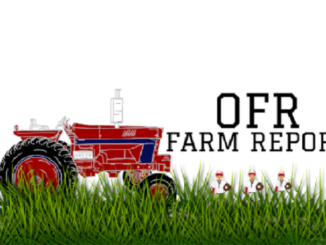
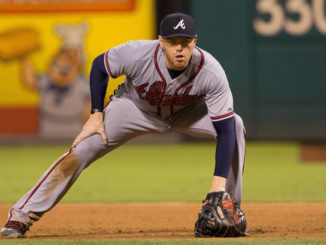
Not sure if Bundy’s proj. war will be that high. He’s looked great in his 6 starts this season, but 3 of those came against the A’s (.223 team avg, 10.1 K’s/game), 2 against the Mariners (.231 team avg, 9 K’s/game).
The only league avg offense he’s faced was the Giants and he struggled (4 IP, 4 ER, 2 HR, 3 Ks).
Not saying he wouldn’t be a major upgrade for us, but trading too much for a less than ideal sample size smells like a potential fleecing. Tonight he’s facing the Mariners.. again.